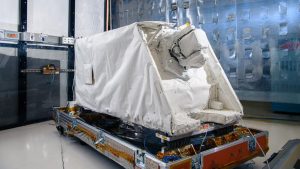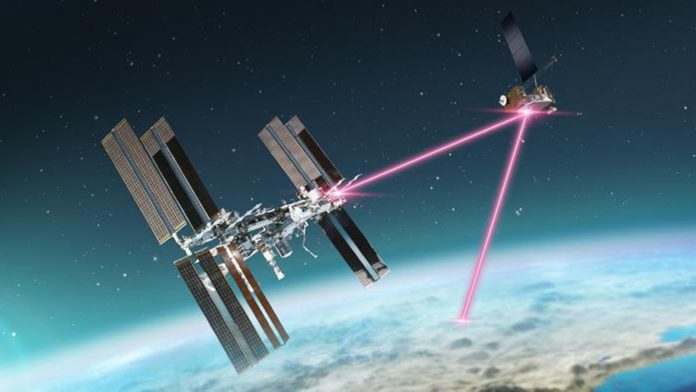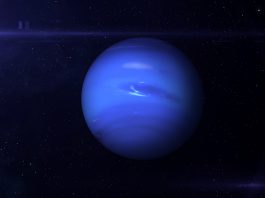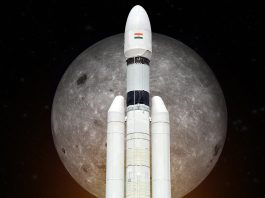NASA is sending the Integrated LCRD Low Earth Orbit User Modem and Amplifier Terminal (ILLUMA-T) to the International Space Station to observe laser communications.
Together, ILLUMA-T and the Laser Communications Relay Demonstration (LCRD), which launched in December 2021, will complete NASA’s first two-way, end-to-end laser relay system.
The International Space Station serves as a home for astronauts conducting experiments, including advancing NASA’s space communications capabilities.
With this new programme, NASA’s Space Communications and Navigation (SCaN) office will demonstrate the power of lasers from the space station.
How ILLUMA-T will benefit future space missions
Using invisible infrared light, laser communications systems send and receive information at higher data rates.
With higher data rates, missions can send more images and videos back to Earth in a single transmission. Once installed on the space station, ILLUMA-T will showcase the benefits higher data rates could have for missions in low Earth orbit.
“Laser communications offer missions more flexibility and an expedited way to get data back from space,” said Badri Younes, former deputy associate administrator for NASA’s SCaN office.
“We are integrating this technology on demonstrations near Earth, on the Moon, and in deep space.”

In addition to higher data rates, laser systems are lighter and use less power – a key benefit when designing spacecraft.
ILLUMA-T is approximately the size of a standard refrigerator and will be secured to an external module on the space station to conduct its demonstration with LCRD.
Matt Magsamen, deputy project manager for ILLUMA-T, explained: “Once ILLUMA-T is on the space station, the terminal will send high-resolution data, including pictures and videos, to LCRD at a rate of 1.2 gigabits per second.
“Then, the data will be sent from LCRD to ground stations in Hawaii and California. This demonstration will show how laser communications can benefit missions in low Earth orbit.”
Testing lasers in different scenarios
In the future, operational laser communications will supplement radio frequency systems, which most space-based missions use today to send data home.
ILLUMA-T is not the first mission to test lasers in space, however, it brings NASA closer to operational infusion of the technology.
Aside from LCRD, ILLUMA-T’s predecessors include:
- The 2022 TeraByte InfraRed Delivery system, which is currently testing laser communications on a small CubeSat in low Earth orbit;
- The Lunar Laser Communications Demonstration, which transferred data to and from lunar orbit to the Earth and back during the Lunar Atmosphere and Dust Environment Explorer mission in 2014; and
- The 2017 Optical Payload for Lasercomm Science, which demonstrated how laser communications can speed up the flow of information between Earth and space compared to radio signals.
Testing the ability of laser communications to produce higher data rates in various scenarios will help the aerospace community further refine the capability for future missions to the Moon, Mars, and deep space.









